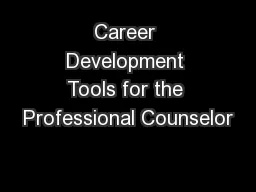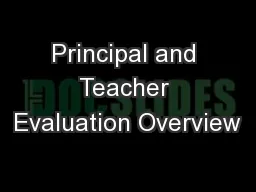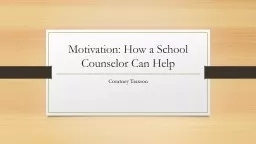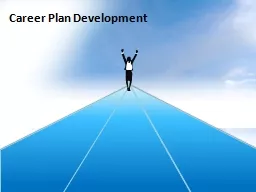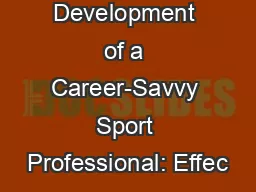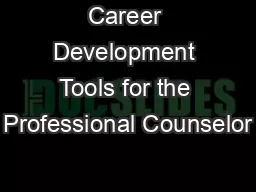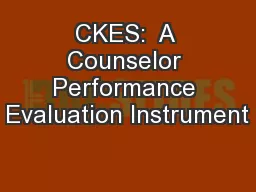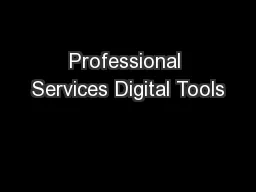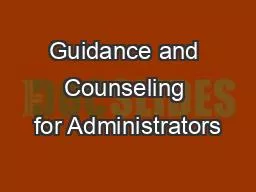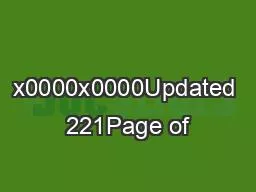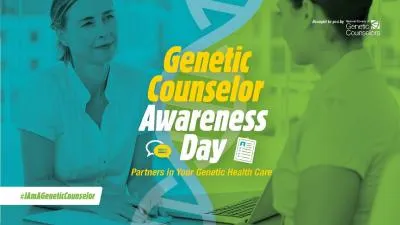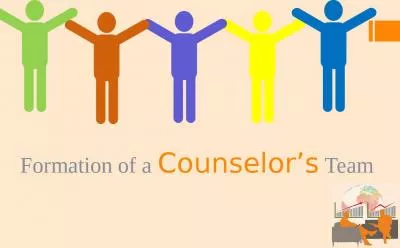PPT-Career Development Tools for the Professional Counselor
Author : cleverfan | Published Date : 2020-06-20
April 20 and May 25 2013 Suzanne Quijano MBA MFTI WISR Alumna Western Institute for Social Research Why is Career Counseling Relevant Unemployment is a big issue
Presentation Embed Code
Download Presentation
Download Presentation The PPT/PDF document "Career Development Tools for the Profess..." is the property of its rightful owner. Permission is granted to download and print the materials on this website for personal, non-commercial use only, and to display it on your personal computer provided you do not modify the materials and that you retain all copyright notices contained in the materials. By downloading content from our website, you accept the terms of this agreement.
Career Development Tools for the Professional Counselor: Transcript
April 20 and May 25 2013 Suzanne Quijano MBA MFTI WISR Alumna Western Institute for Social Research Why is Career Counseling Relevant Unemployment is a big issue US unemployment is nearly at 8 approx 12 million. NITTANY LION CAREER 472 Update your personal and aca demic information upload a resume search for job postings and leadsprospects postings find details on information ses sions and more 472 Talk to everyone you know to develop a list of contacts Ask What’s Next for Counselors?. Lois Kappler. Project Manager. Goals for Today. Why are new evaluation systems necessary for educators?. What is MPES?. What is M-STAR?. What does the updated . counselor’s . Courtney Traxson. Objectives. Understand . reasons behind kids . who are unmotivated . and how to address that in individual, small group, and classroom . sessions. .. Begin . to generate your own ideas on how to start the day right with motivational . Career Plan Development. Because of the changes in the workplace and workforce, you must provide your job seeker customers with career development services. Career Plan Development. Your role as a workforce development professional is to help job seekers . Dr. Molly Hayes Sauder & Dr. Susan S. . Klinedinst. York College of Pennsylvania. Why? . 12.6% Growth. But. …. 7.2% Unemployed & . 14.9% Underemployed. And. …. 11.7 Different Jobs!. Career Management Competency. April 20 and May 25, 2013. . Suzanne Quijano, MBA, MFTI, WISR Alumna. Western Institute for Social Research. Why is Career Counseling Relevant?. Unemployment is a big issue. U.S. unemployment is nearly at 8% (approx. 12 million). Mark Ellis. Karen Griffith. Sloane Molloy. Tinisha. Parker. Why do we need CKES?. Clearly define . the role of the professional school . counselor. Standardize the evaluation of Georgia’s school counselors. Jonathan Evans; CSM, CSPO. Professional Services Category Product Owner. GSA Federal Acquisition Service. AGENDA. INTRODUCTION / BACKGROUND. DEVELOPMENT APPROACH. DOCUMENT LIBRARY. SOLUTIONS FINDER. CALC TOOL. La gamme de thé MORPHEE vise toute générations recherchant le sommeil paisible tant désiré et non procuré par tout types de médicaments. Essentiellement composé de feuille de morphine, ce thé vous assurera d’un rétablissement digne d’un voyage sur . . SYFTET. Göteborgs universitet ska skapa en modern, lättanvänd och . effektiv webbmiljö med fokus på användarnas förväntningar.. 1. ETT UNIVERSITET – EN GEMENSAM WEBB. Innehåll som är intressant för de prioriterade målgrupperna samlas på ett ställe till exempel:. Missouri Department of Elementary. and Secondary Education. Fall 2015. Sponsored by:. Guidance System of Support. College and Career Consultants. Dr. Rene Yoesel, Director. DESE Guidance and Counseling. PROFESSIONAL COUNSELOR LICENSING GUIDEELIGIBILITY FOR PROFESSIONAL COUNSELOR LICENSE BY EXAMINATIONinitial licensealong with the appropriate application feeOfficial transcriptssubmitted directly to th Genetic counselors are specialists who provide personalized . care for your . genetic health.. What is a Genetic Counselor?. Genetic counselors work in a variety of settings.. The largest specialty areas for genetic counselors are cancer, prenatal and pediatric genetics, but genetic counselors . . Team. Why . Counseling. ?. Who Is. A . COUNSELOR. ?. An advisor who has an extensive . experience. . in handling business. 1. 2. Guide mumineen as per . Hidaayat. of . Aqa. . Maula. TUS. . &.
Download Document
Here is the link to download the presentation.
"Career Development Tools for the Professional Counselor"The content belongs to its owner. You may download and print it for personal use, without modification, and keep all copyright notices. By downloading, you agree to these terms.
Related Documents

